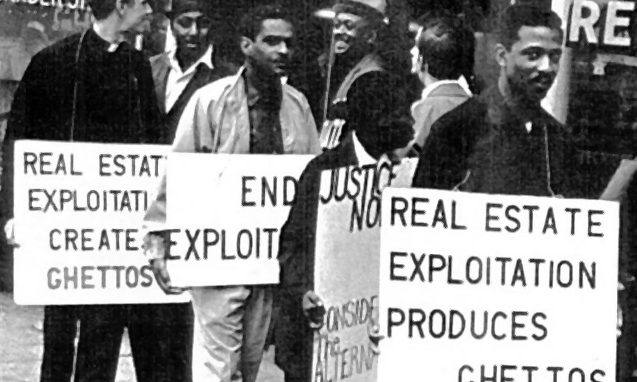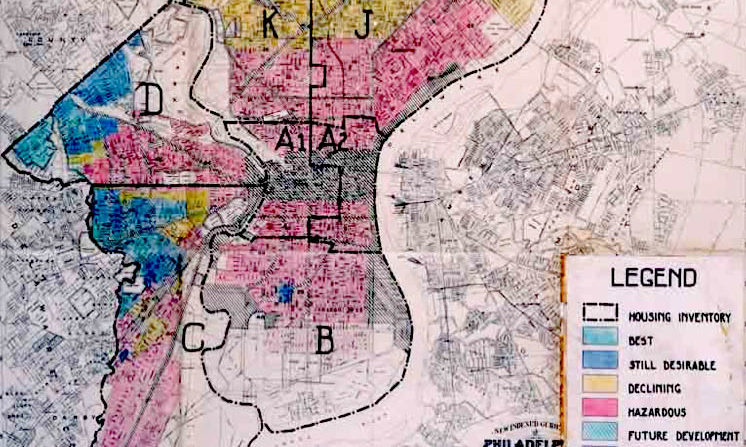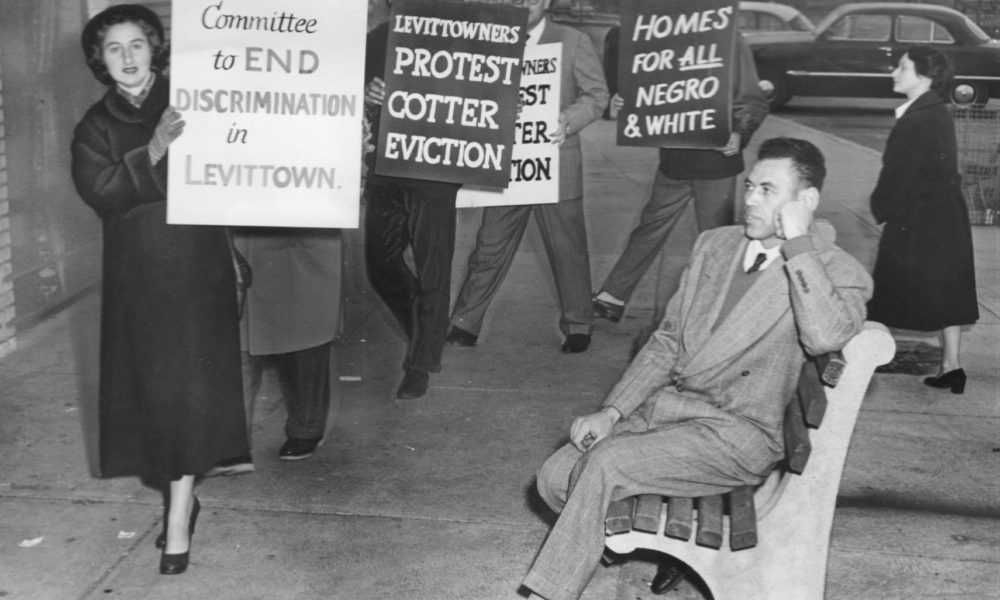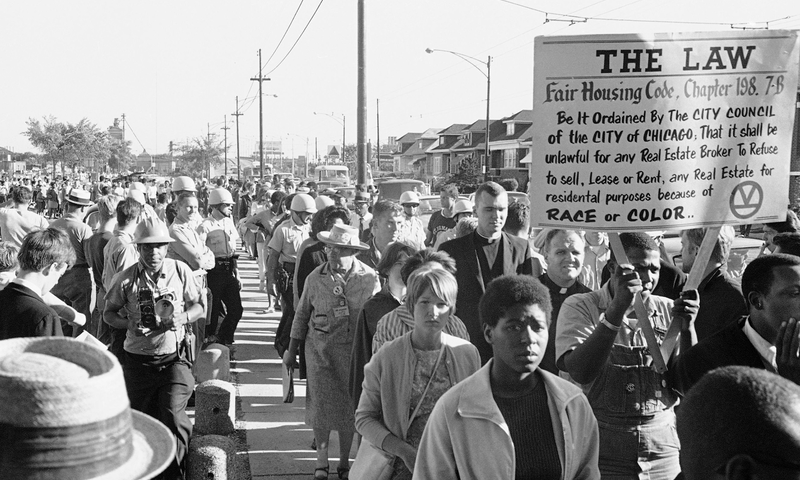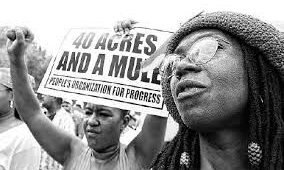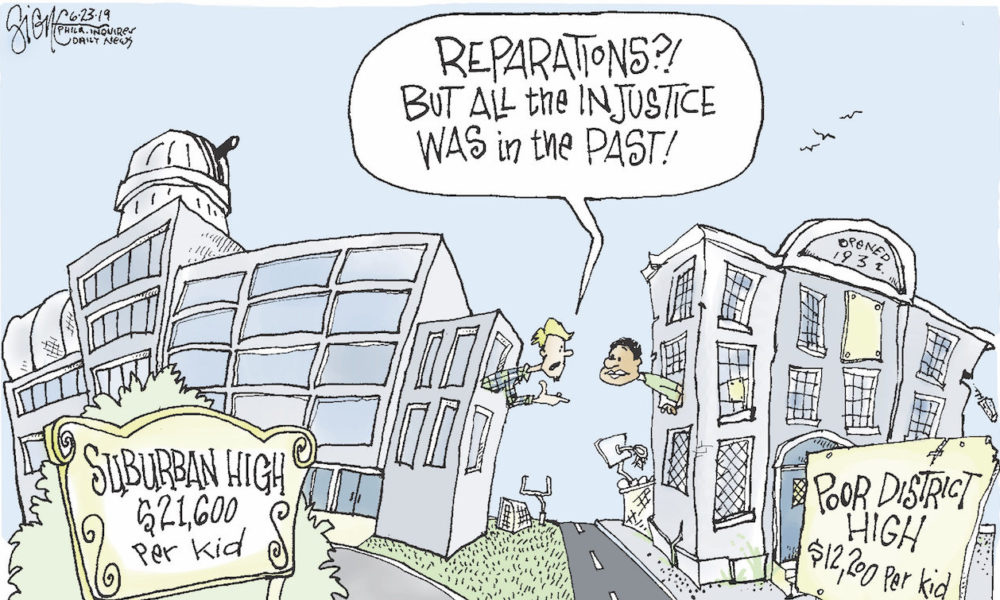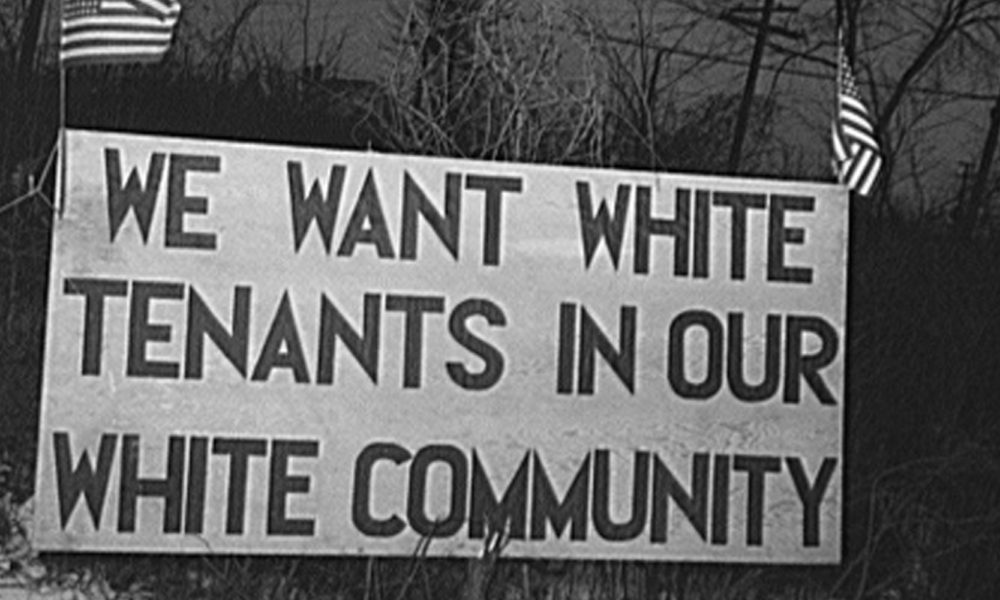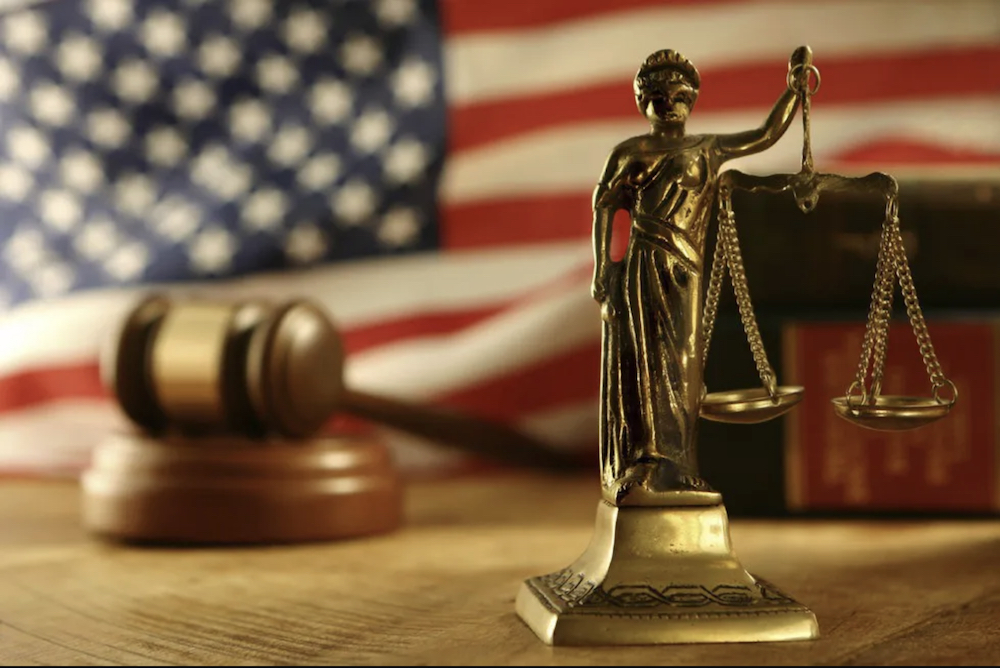 According to Social Cognitive Domain theory High School students understanding about equity deepen. Also, they realize that a person’s personal preferences are not more important than another person’s right to fairness and justice. High school students also understand the dynamic interplay between individual and society. Rather than the individual just being in service to society, high schoolers know that an individual can shape society to best suit their needs. This understanding is reflected in the numerous social movements that have been lead by high school students. Relatedly, they understand the importance of rules and laws to create order and structure to support the shaping of society while realizing those laws are fluid.
According to Social Cognitive Domain theory High School students understanding about equity deepen. Also, they realize that a person’s personal preferences are not more important than another person’s right to fairness and justice. High school students also understand the dynamic interplay between individual and society. Rather than the individual just being in service to society, high schoolers know that an individual can shape society to best suit their needs. This understanding is reflected in the numerous social movements that have been lead by high school students. Relatedly, they understand the importance of rules and laws to create order and structure to support the shaping of society while realizing those laws are fluid.
With this in mind, high school resources connect historical processes to current events and engage students in dialogue about the rights of others, the utility of the law, and solutions to complex problems. The historical content relies on primary and secondary sources, including photographs, executive orders, and legal decisions. In line with the critical history perspective, counter-narratives are provided to deepen our understanding of historical events such as the 14th amendment, immigration laws, and Supreme Court decisions and their connection to the present. Discussion questions require students to engage in dialogue with peers in which they consider legal precedent, multiple positions of a single issue, and determine the most just solution to complex issues. The culminating activity requires students to engage in civic action to have their collaborative perspective be heard.
Within the integrated unit, materials include sequential lesson plans with sample language, keywords, scaffolded and annotated primary and secondary sources, discussion questions, writing prompts, relevant learning standards, and a culminating activity. There are proposed timing guidelines for each lesson, but teachers can adapt to fit the needs of their classroom. Materials can be used to supplement other classroom lessons or resources or used them independently.
